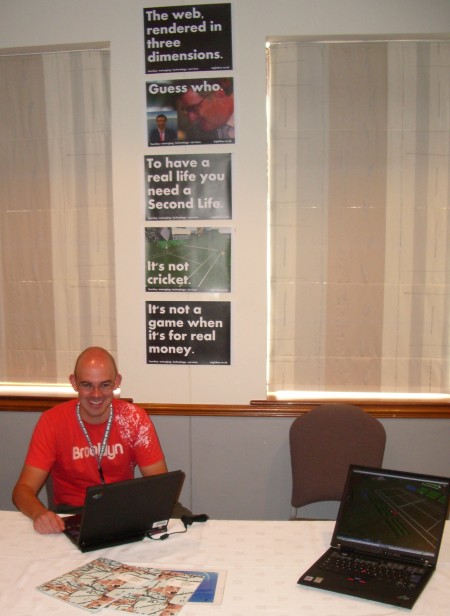The Hursley lab is playing a major part in a large research project, known as ITA. ITA, is a joint US and UK programme of fundamental research into network centric systems. It’s lead by IBM, but with a number of industrial and academic partners (Boeing, LogiaCMG, Honeywell, UCLA, Cambridge, Columbia etc. – there’s a full partner list here).
In the UK, the project is going to be run out of the Emerging Tech group, which means a few of us on eightbar are likely to be involved. There are some interesting themes around collaboration and social networking as applied to military environments, which we’re likely to be responsible for. Anyway, we’re off to New York in September to get started, so I’ll be able to write more about what we’re actually going to be working on then.



